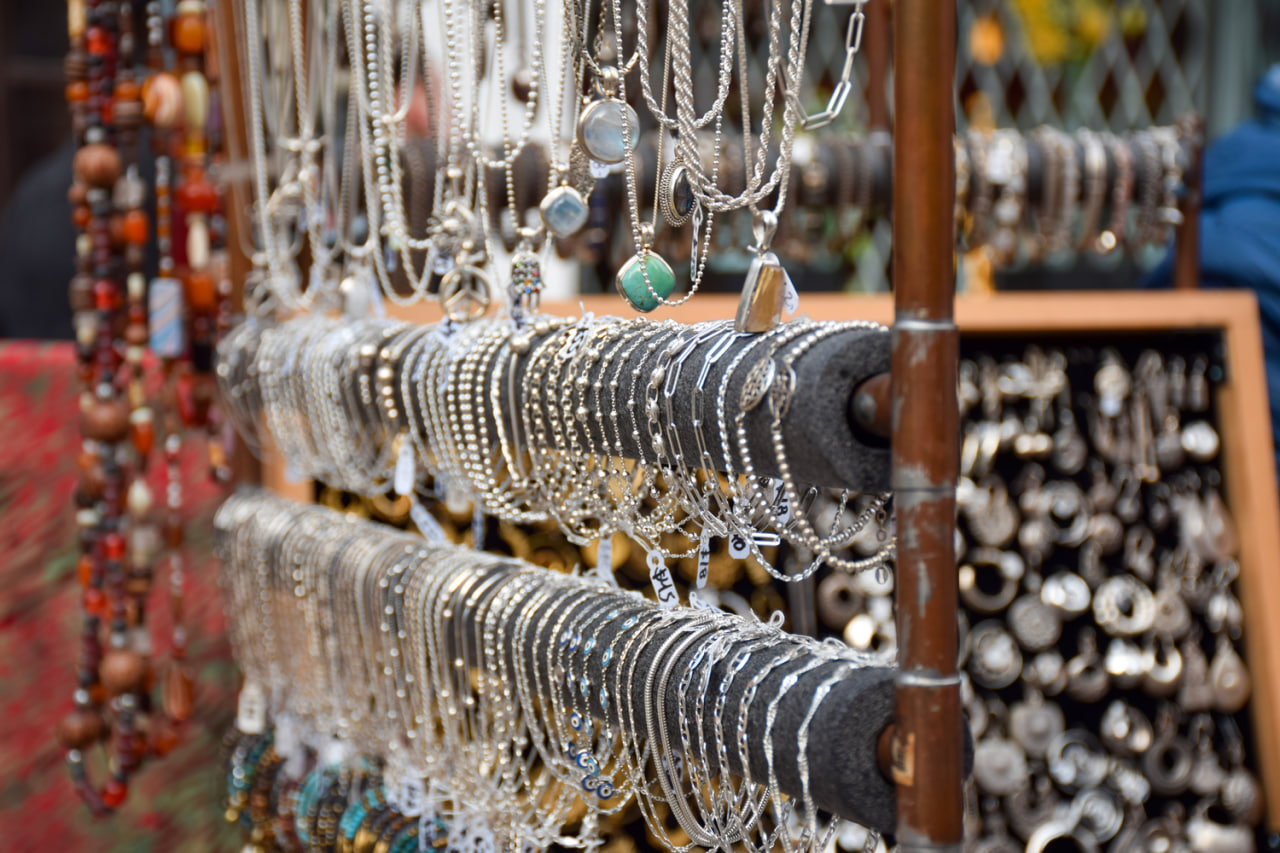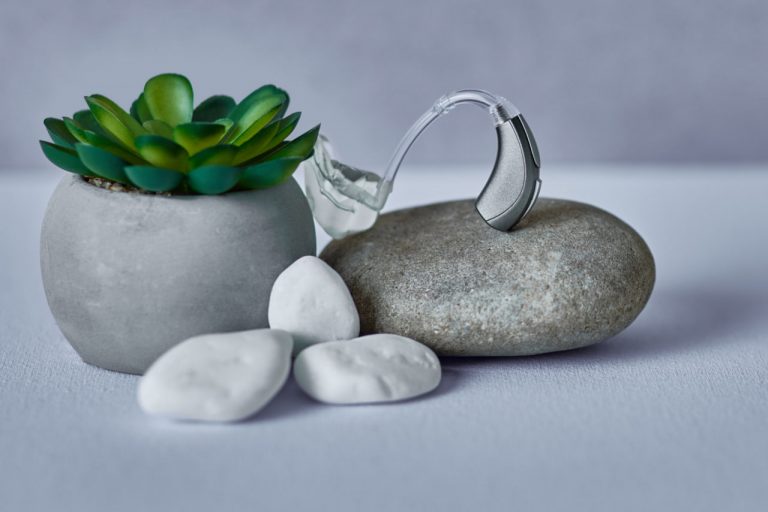Understanding Gemstone Types
Selecting the right gemstone for your jewelry begins with understanding the types available. Gemstones are generally classified as precious or semi-precious. Precious stones like diamonds, sapphires, rubies, and emeralds are known for their rarity, brilliance, and durability. Semi-precious stones include amethyst, topaz, garnet, and turquoise, offering a wide variety of colors and affordability. Each type has unique characteristics, including hardness, color range, and optical properties, which influence the suitability for different types of jewelry and personal preferences.
Considering Color and Aesthetics
Color is often the first factor people notice in a gemstone. While personal preference plays a significant role, it’s also important to consider color harmony with other jewelry components, such as the metal setting and complementary stones. Gemstones can range from vivid, saturated tones to soft, muted hues, each evoking a different mood or style. Understanding undertones, color intensity, and light reflection helps in choosing a stone that enhances the overall design of the jewelry and aligns with the wearer’s aesthetic taste.
Evaluating Clarity and Quality
Clarity refers to the presence of internal or external inclusions and imperfections within a gemstone. While flawless stones are rare and highly valued, many stones contain minor inclusions that do not diminish their beauty. Evaluating clarity involves considering both the visual impact of inclusions and the durability of the stone. High-quality gemstones are carefully cut and polished to maximize brilliance and highlight color, ensuring that imperfections do not distract from their overall allure.
Durability and Wearability
The hardness and toughness of a gemstone determine how well it will withstand daily wear. Hard stones like diamonds and sapphires are ideal for rings and bracelets that endure frequent contact, while softer stones may be better suited for earrings or pendants. Mohs hardness scale is commonly used to assess a gemstone’s suitability for specific types of jewelry. Additionally, considering the stone’s fracture patterns and susceptibility to chipping helps ensure longevity, preventing damage during regular use.
Symbolism and Personal Meaning
Many gemstones carry symbolic or cultural significance, making them meaningful choices for personal jewelry. Birthstones, for example, are often selected based on birth month, while other stones are associated with qualities such as love, protection, or creativity. Choosing a gemstone with personal significance adds an emotional layer to the jewelry, creating a piece that is not only beautiful but also deeply meaningful. This connection enhances the enjoyment and sentimental value of the jewelry over time.
Matching the Gemstone to Jewelry Style
Different jewelry designs suit different types of gemstones. Large, bold stones can become statement pieces in rings or necklaces, while smaller stones may work beautifully in delicate settings or intricate patterns. The gemstone’s cut, shape, and size should complement the overall design of the jewelry. Considering how the stone interacts with metal settings, surrounding stones, and the wearer’s style ensures that the piece is visually balanced, cohesive, and reflective of individual taste.
Budget and Value Considerations
Gemstones vary widely in price depending on rarity, quality, and size. Setting a budget before selecting a stone helps narrow options while ensuring a satisfying purchase. It’s important to balance aesthetic preference with financial considerations, as well-chosen semi-precious stones can offer beauty and durability comparable to precious stones at a lower cost. Understanding market value, ethical sourcing, and the long-term investment potential of the gemstone ensures a responsible and informed selection.
Maintenance and Longevity
Considering the maintenance requirements of a gemstone is key for long-term satisfaction. Some stones require regular cleaning and careful storage, while others are more resilient and low-maintenance. Knowing how to care for the selected gemstone—including safe cleaning methods and protective practices—preserves its color, brilliance, and structural integrity over time. Proper care ensures that the jewelry remains a cherished accessory for years, maintaining its aesthetic and emotional value.
Combining Stones for Unique Designs
Pairing gemstones can enhance the visual impact of jewelry. Complementary colors, contrasting tones, or a mix of shapes can create dynamic and striking designs. Gemstone combinations should balance aesthetics with structural considerations, ensuring that softer or more delicate stones are protected while still contributing to the overall beauty of the piece. Thoughtful pairing allows for creativity, personalization, and the creation of truly unique jewelry that stands out as both artistic and meaningful.




